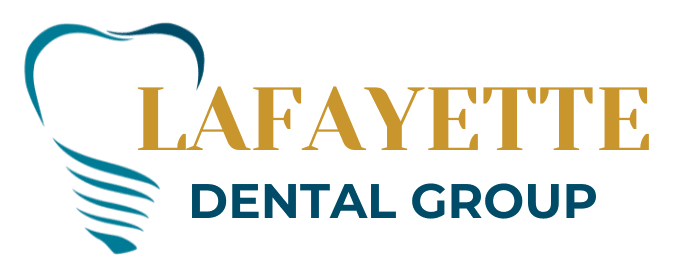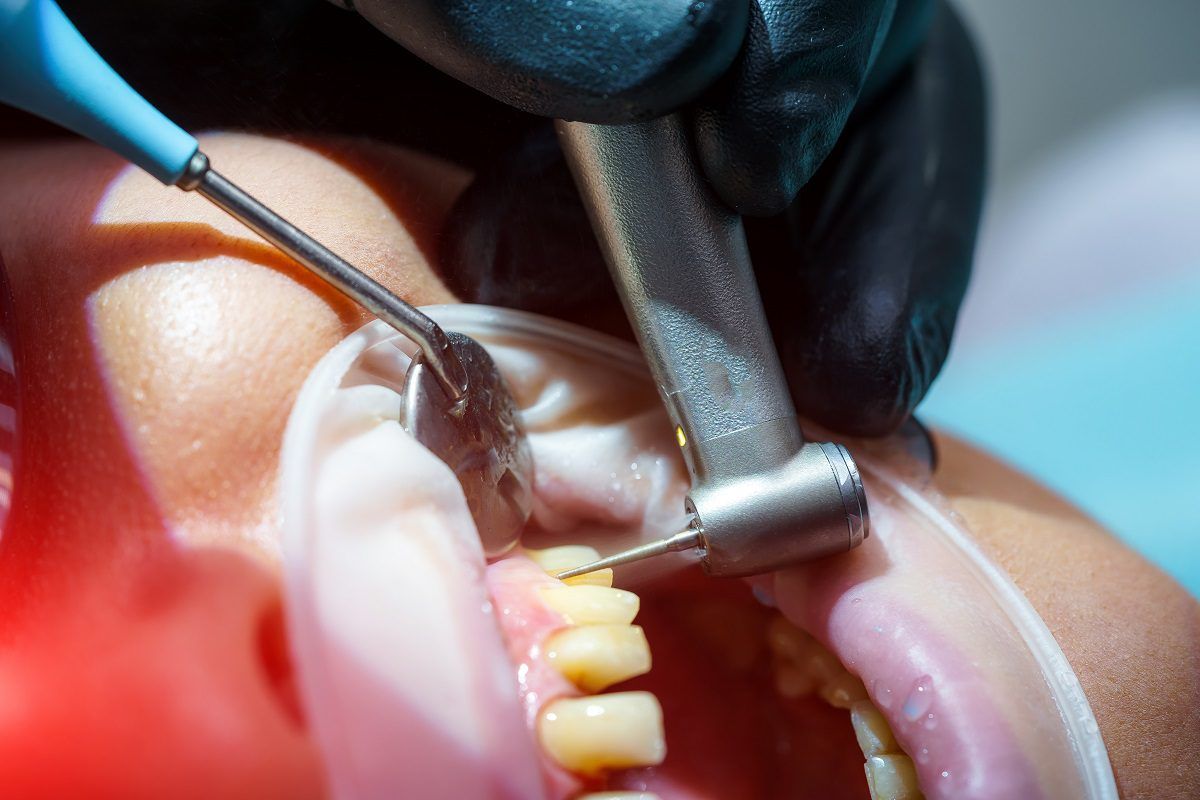

What happens during and after the sinus lift surgery?
A sinus lift, also known as sinus augmentation, is a surgical procedure that enables the placement of dental implants. Some individuals require dental implants, but due to bone loss, they cannot undergo dental implant surgery. Sinus lift treatment increases the quantity of bone needed for dental implants in the upper jaw. It is one of the most frequent bone grafting treatments for patients with dental implants.
Why do you need sinus lift surgery?

A sinus lift can be an excellent pre-surgery procedure for individuals who want dental implants but are still experiencing the following issues:
- The sinus cavity is too near to the upper jaw and might disrupt the implants.
- Bone loss due to tooth loss.
- Gum disease
- Congenital birth abnormalities or other disorders that cause bone structure loss.
Before the sinus lift surgery
Sinus lifts are essentially bone transplants. Your oral surgeon reuses a bone from another location in your upper jaw. The following are the three most prevalent forms of bone utilized in sinus lift surgeries:
- Autogenous bone from your mouth
- Cow's thigh bone
- A synthetic bone
After finding the bone source, your surgeon will carefully examine the structure of your jaw and sinuses. Your oral surgeon will measure the existing bone and he will also examine the condition of your sinus. When your oral surgeon decides which bone to use, your sinus surgery will begin.
During the sinus lift surgery
Sinus lift surgery is a simple and safe operation and usually takes 90 minutes to two hours. Dental surgeons perform this surgery.
- The first step is to anesthetize the patient with local or general anesthesia.
- The next step is to remove the gum tissue around your rear teeth to expose the jawbone.
- With the tissue lifted and the jawbone exposed, the surgeon will cut a tiny circle in the bone to gently push on the sinus membrane.
- In the freshly raised spot, your surgeon will place bone transplant materials.
- The last step of this procedure is the application of sutures to seal the incisions in your gums.
After the surgery
Your doctor will allow you to go home after waking up from anesthesia. Most patients report minor pain, swelling, and bleeding after the surgery. Your dental surgeon will prescribe you antibiotics to avoid infections and will also advise you to:
- Avoid hard sneezing
- Avoid aggressive brushing because it can cause bleeding.
- Take prescription painkillers to help you feel better.
- Drinking using a straw may remove blood clots that prevent bleeding.
- Avoid smoking, since it may shorten your healing time.
Conclusion
Sinus lift surgery can help to prepare for the insertion of dental implants. This procedure helps to form a strong bone anchor for a dental implant and improves the probability of positive results. Before the implant process, consult with your doctor to carefully analyze your jawbone health and discuss your sinus lift suggestions, procedures, and viable bone grafting materials.
Contact your Lafayette dentist, Dr. Massood Darvishzadeh, DDS at Lafayette Dental Group today to learn more about sinus lift surgery.
This media/content or any other on this website does not prescribe, recommend, or prevent any treatment or procedure. Therefore, we highly recommend that you get the advice of a qualified dentist or other medical practitioners regarding your specific dental condition.
Services
Contact Us
3466 Mt Diablo Blvd., Suite C207
Lafayette, CA 94549
2025 © Lafayette Dental Group | All rights reserved | Powered by: Vigorant, Inc.
